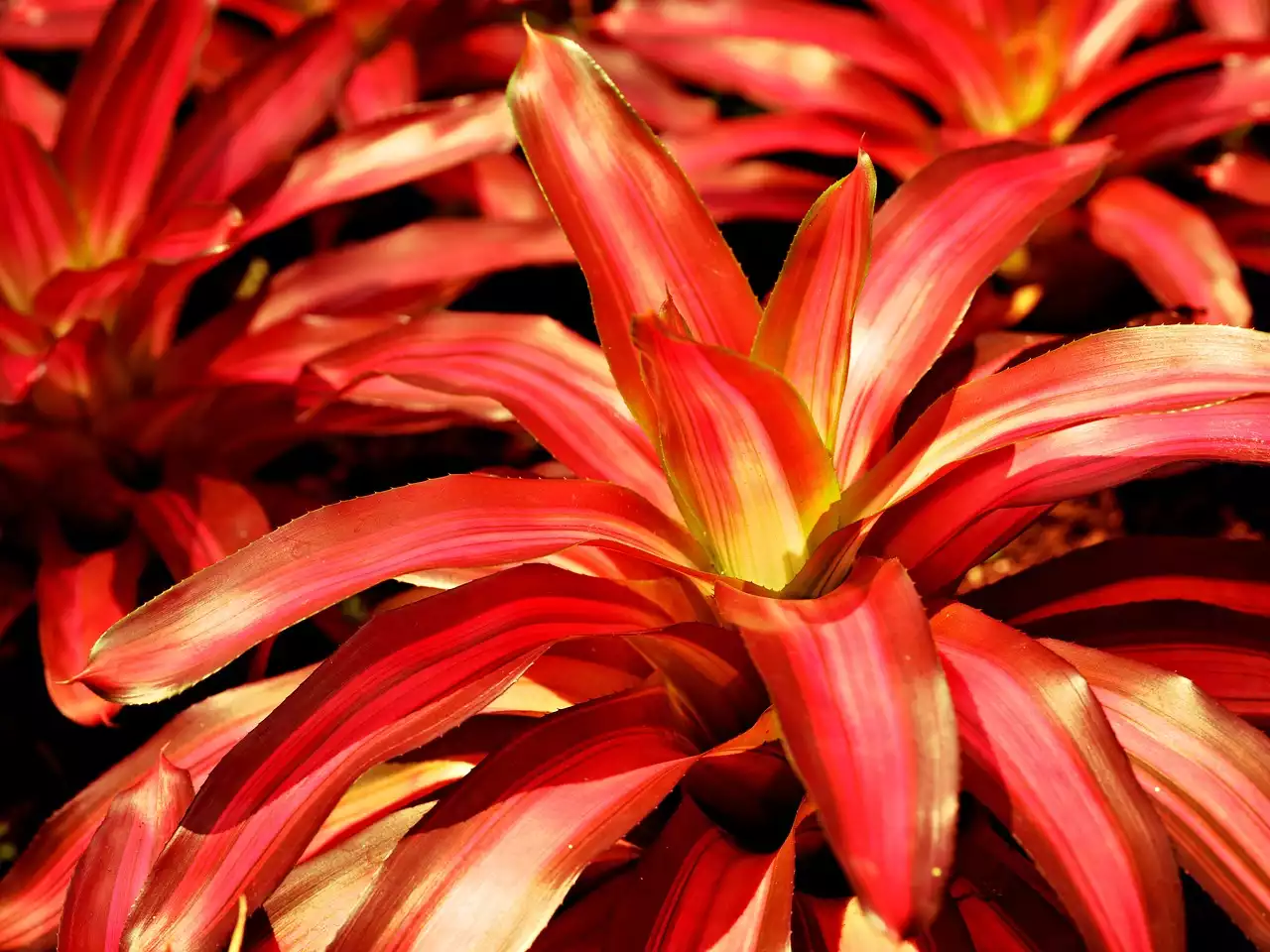When we think of honeysuckle, we usually think of a vine with beautiful tubular flowers that cling to trees. But this is only one species of honeysuckle; there are more than 200 different types, all belonging to the Lonicera genus. The native wild honeysuckle (Lonicera involucrata) is a shrub that produces small white flowers in the summer and ursolic acid, which has been shown in laboratory and animal studies to have health benefits. Only about five or six types of wild honeysuckle are native to the U.S., but fortunately it’s an easy plant to grow from seed or cuttings. It also propagates easily from suckers so you can encourage it to grow as a ground cover or other way you prefer. Growing wild honeysuckle as part of your herb garden is an excellent idea for several reasons.
Honeysuckle has a Rich History of Medicinal Use
Honeysuckle has been used medicinally for hundreds of years in Asia, Africa, and Europe. It’s primarily been used as a respiratory tonic and expectorant, but it’s also been used to treat insomnia, anxiety, headaches, and other ailments. Honeysuckle flower extracts have been shown to have anti-inflammatory and antibacterial properties, which makes it a good choice for an herb garden that you eat from. Honeysuckle has also been studied for its potential ability to lower blood sugar and help prevent or delay the onset of type 2 diabetes.
It’s an Excellent Plant for attracting Beneficial Insects to your Garden
Honeysuckle is a food source for many beneficial insects such as bees, lacewings, tachinid flies, and certain butterflies. It’s also an important nectar source for migratory species, such as the Monarch butterfly. There’s always a concern that some of the plants we choose for our herb gardens will repel beneficial insects. However, honeysuckle has been shown to be an excellent choice for attracting pollinators and beneficial predators on your property. Honeysuckle’s fragrant flowers and appealing nectar will draw pollinators like butterflies and bees to your garden, which is a good thing since many of our modern agricultural crops don’t produce any nectar.
It can Help Control Erosion, Which is Always a Benefit in the Herb Garden
Honeysuckle is a vine that can help to control erosion by growing on trees or other vertical supports. It can also be used to create a living fence if you have animals that need to be contained or if you have neighbors who aren’t wild honeysuckle fans. Honeysuckle has long, woody vines that can wrap around trees and other supports, but it doesn’t cause any significant damage to the host. It also has tiny hairs that repel insects like scales and aphids that might damage plants.
It has a Subtle, Sweet Fragrance that will be enjoyed by you and your Guests
Another benefit of growing wild honeysuckle in your herb garden is that it smells wonderful. The flowers are fragrant, and some varieties have a delicious fragrance that is described as either honeysuckle or honey. Honeysuckle scent varies greatly depending on the variety and the growing conditions, so some varieties may smell stronger than others. You may want to plant more than one type of honeysuckle in your garden so that guests can enjoy a variety of scents.
Honeysuckle makes an Excellent Backdrop for other Plants in your Herb Garden
Honeysuckle is a shrub that can grow to be up to 8 or 10 feet tall, but many varieties stay shorter. It’s an excellent plant for providing a backdrop for shorter plants in your herb garden such as oregano, thyme, and lavender. Because of the way it grows, it can also be useful in creating designs in your herb garden. You can plant it along pathways, edges, or in other areas where you want to add height or color. You may want to consider planting low-growing varieties of honeysuckle, such as the native wild honeysuckle, so that it provides a backdrop without taking over the garden.
Conclusion
Honeysuckle is a beautiful vine or shrub that has been used for centuries as a medicinal herb. Often found growing wild along fences or in woodlands, it makes a great addition to any herb garden. It can also be used to prevent erosion and is a good source of nectar for many beneficial insects. Wild honeysuckle makes a great backdrop for other plants or can be planted along pathways and edges in the herb garden. It can also be used to create living fences or living walls in other areas of the garden where you want to add height or color. Growing honeysuckle in your herb garden is a great idea for many reasons. It’s an excellent plant for attracting beneficial insects, it can help control erosion, it has a subtle, sweet fragrance, and it makes an excellent backdrop for other plants in the garden.


 DIY Welding can be Very Creative
DIY Welding can be Very Creative Home Maintenance Hacks for Plumbing
Home Maintenance Hacks for Plumbing
 Tips For Living With A Furniture And Accessories Budget
Tips For Living With A Furniture And Accessories Budget Wild Royal Fern Herb Garden
Wild Royal Fern Herb Garden Growing Conditions for the Herbaceous Pasqueflower Herb
Growing Conditions for the Herbaceous Pasqueflower Herb Facts about Wild Columbine Herb Garden
Facts about Wild Columbine Herb Garden Benefits of Wild Harebell Herb Garden
Benefits of Wild Harebell Herb Garden